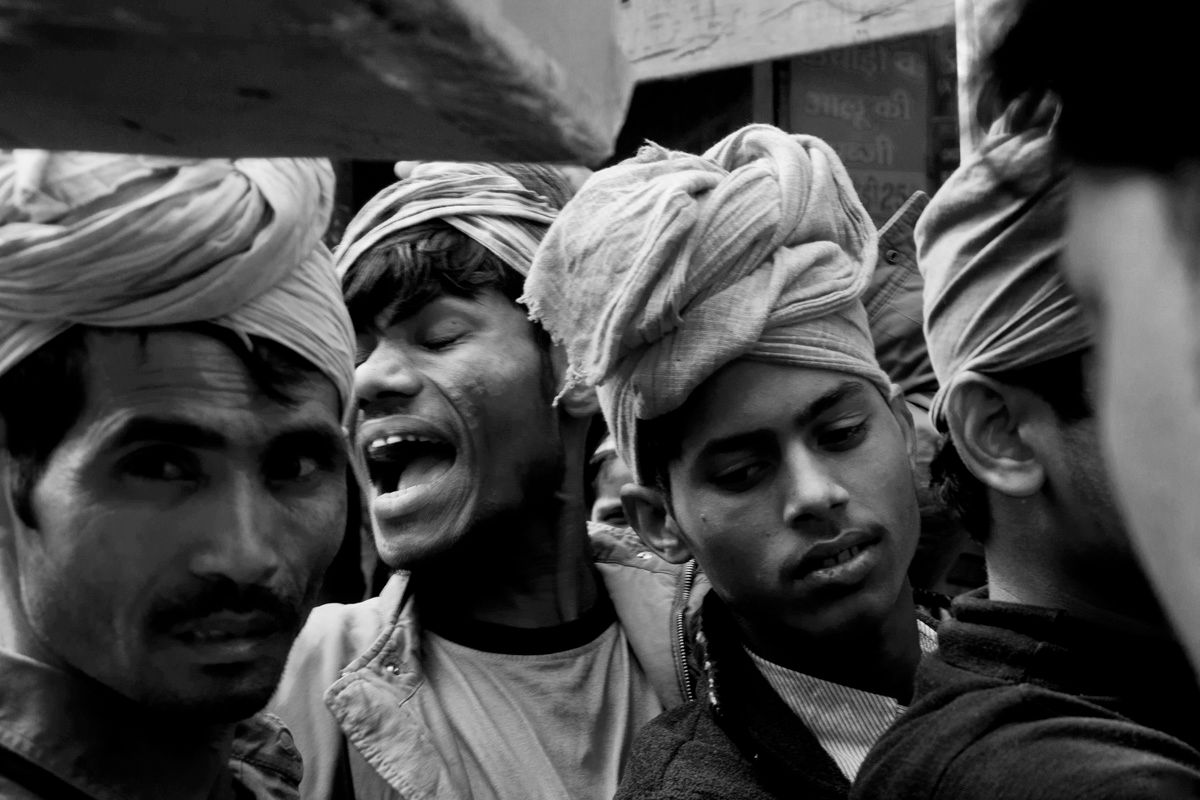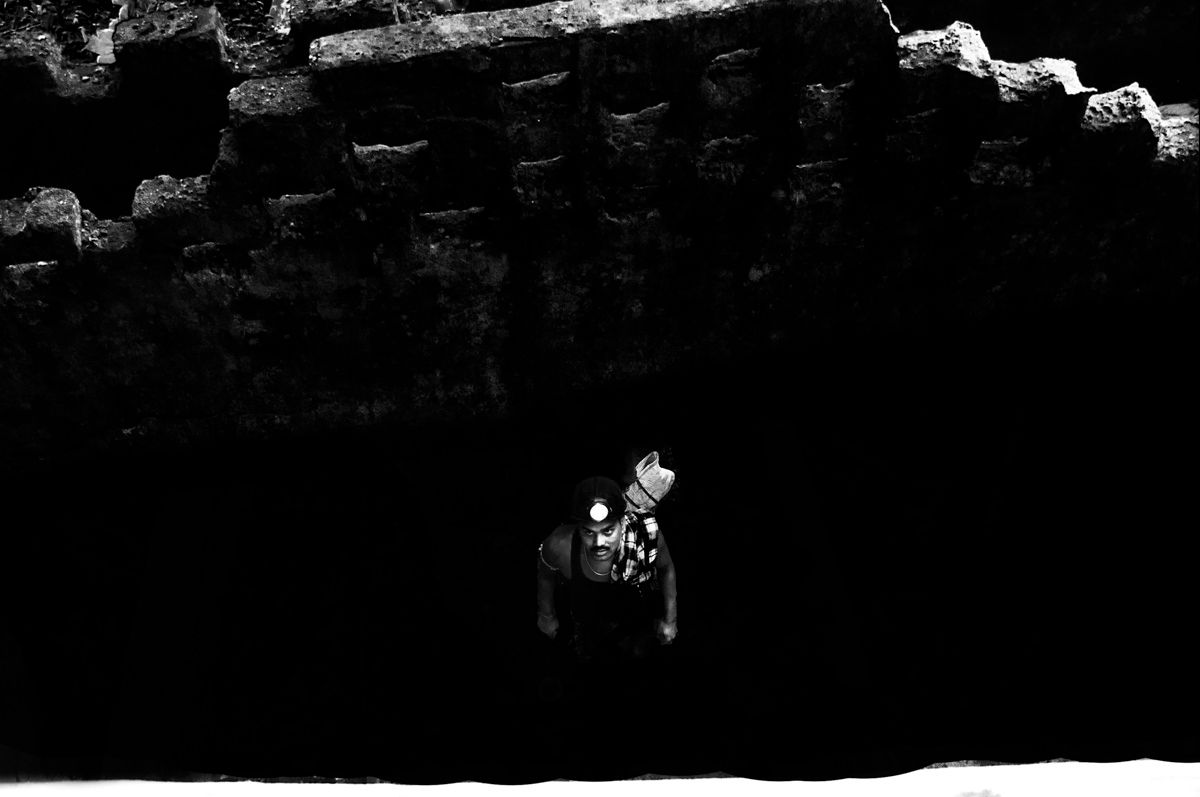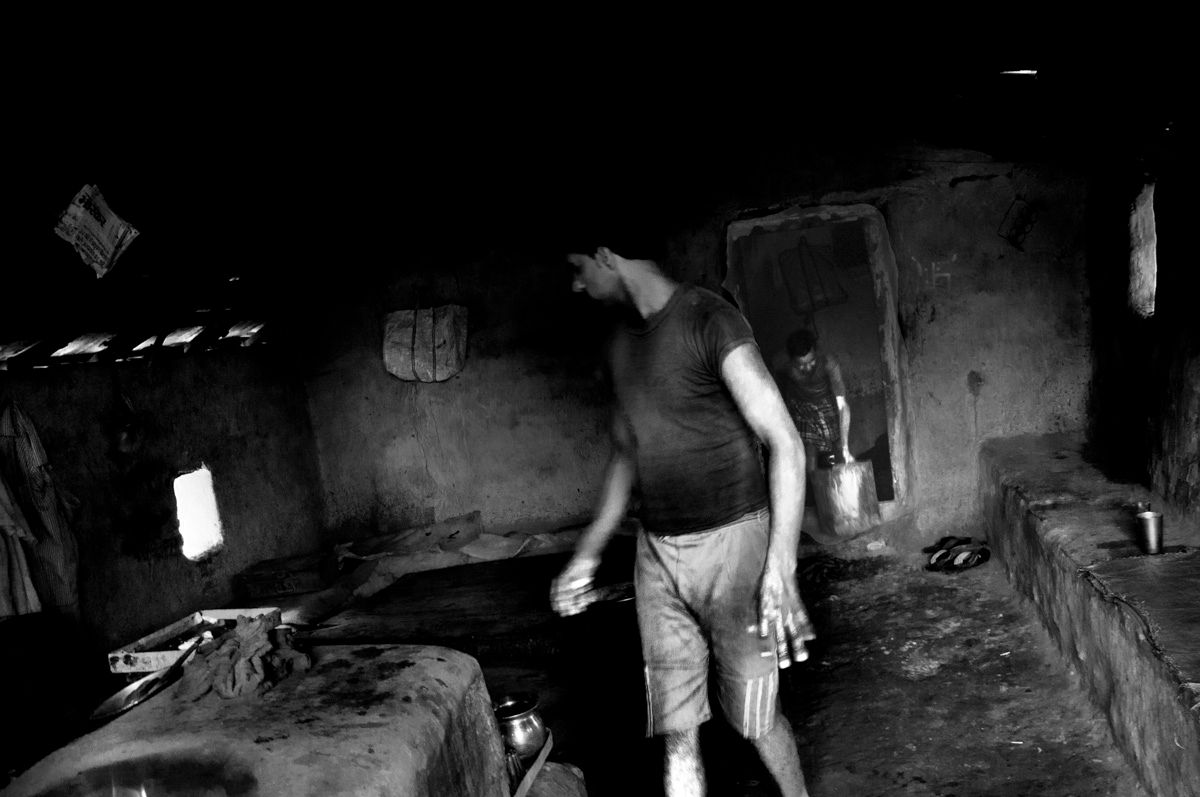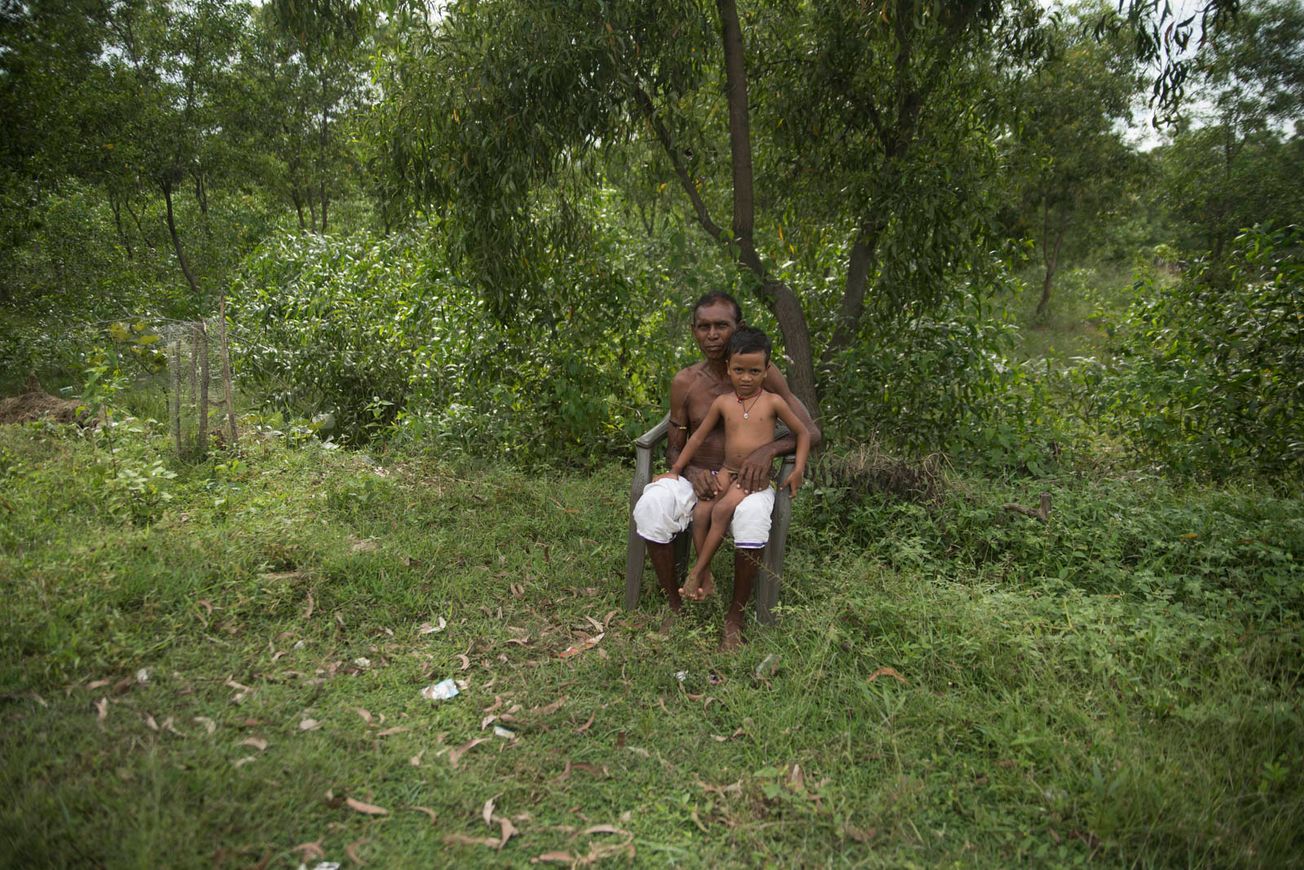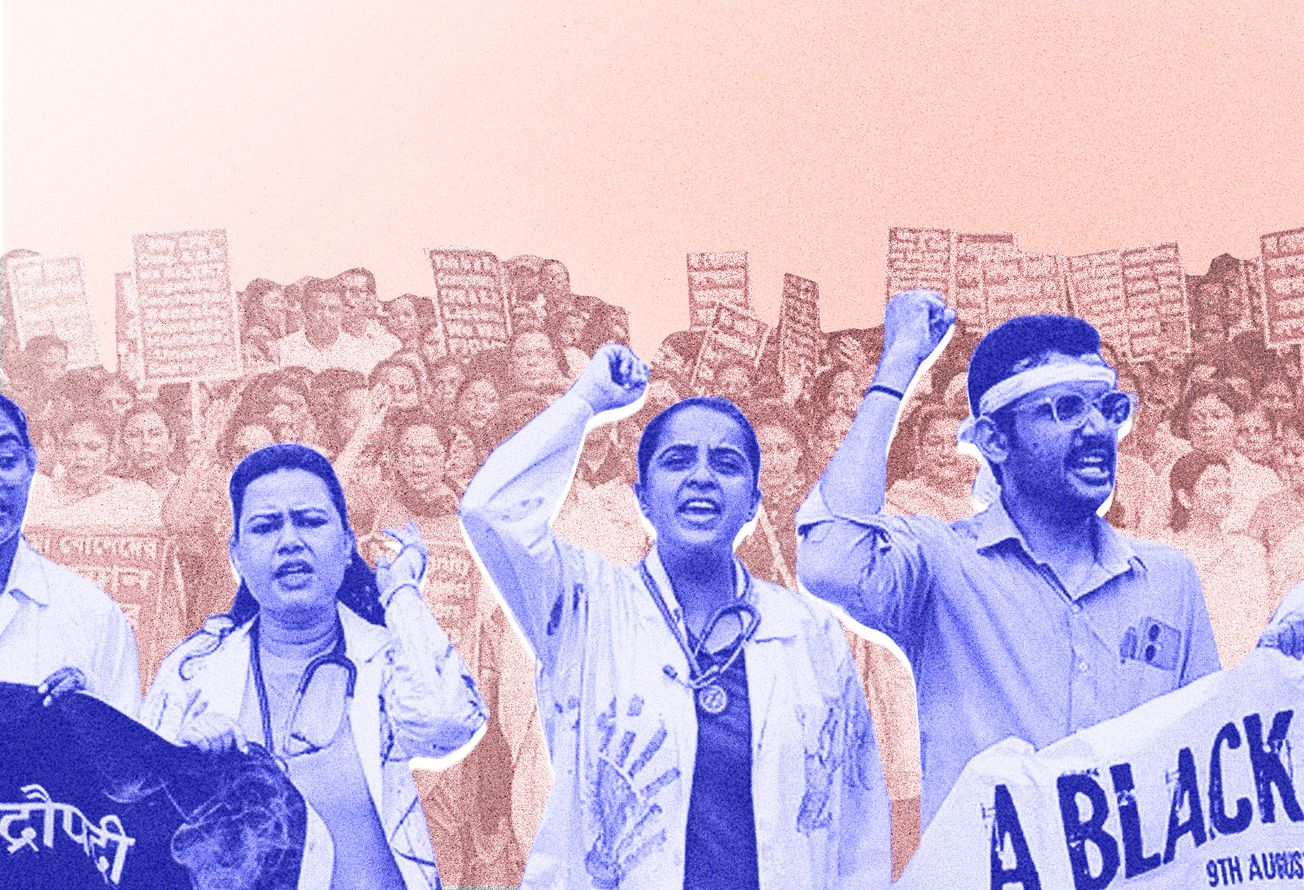A Photo Essay by Abhishek Basu
Forty percent of India’s natural resources are found in Jharkhand (or “the land of forests”). The state suffers from what is called the “paradox of plenty” or “resource curse” wherein the population of an area with abundant natural resources suffers from deep poverty. The coal mining companies employ workers, mostly migrants, on contract basis to minimise their expenditure. The locals are left to either migrate or get involved with illegal mining. They carry and sell coal illegally on a daily basis to earn their livelihood.
These photographs taken in Baghmara, Nirsa, Egarkund, Kaliyasol, Govindpur, Baliapur, Dhanbad and Topchachi attempt to capture the profound sense of hopelessness at the loss that Jharkhand and its people have faced due to incessant mining.
India’s demand for power has been rising constantly, including after the lockdown. In October 2021, coal-fired power stations that produce 70 per cent of India’s power announced that they had an average of four days of coal left, the lowest in years. With the onset of the unseasonal November rains, these open cast mines of Jharkhand are witnessing a sizzling down of their fires which hinders production and supplies. This has caused the migrant workers to work overtime in an increased number of shifts to keep the fires burning. In September 2021, China made a climate pledge to halt coal projects abroad. This came as a setback for many developing nations that relied on Chinese expertise and financing for coal plants. Subsequently, there was increased pressure on the mines of Dhanbad to Baghmara.
